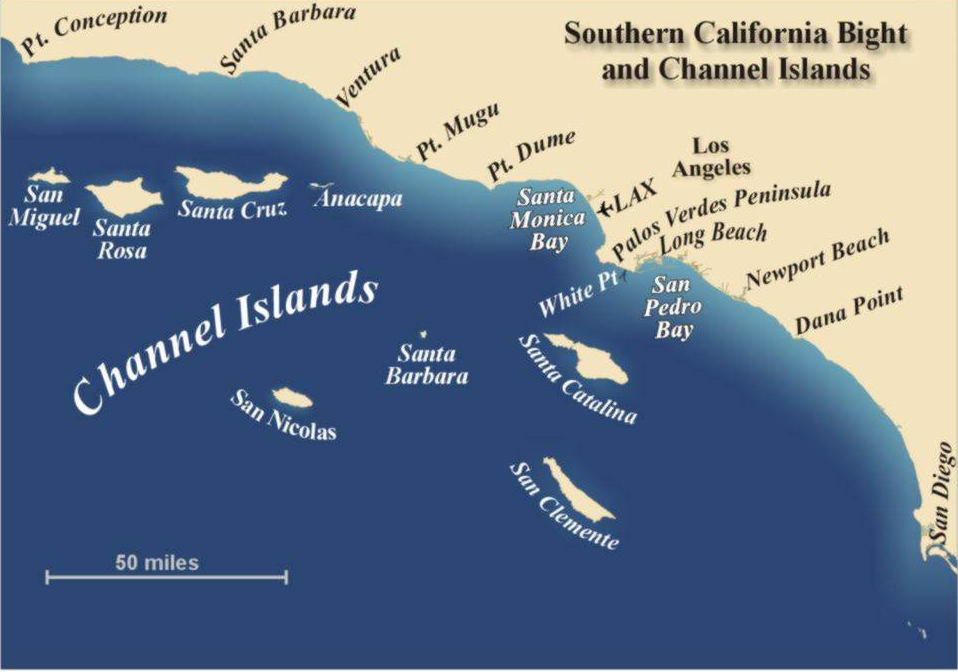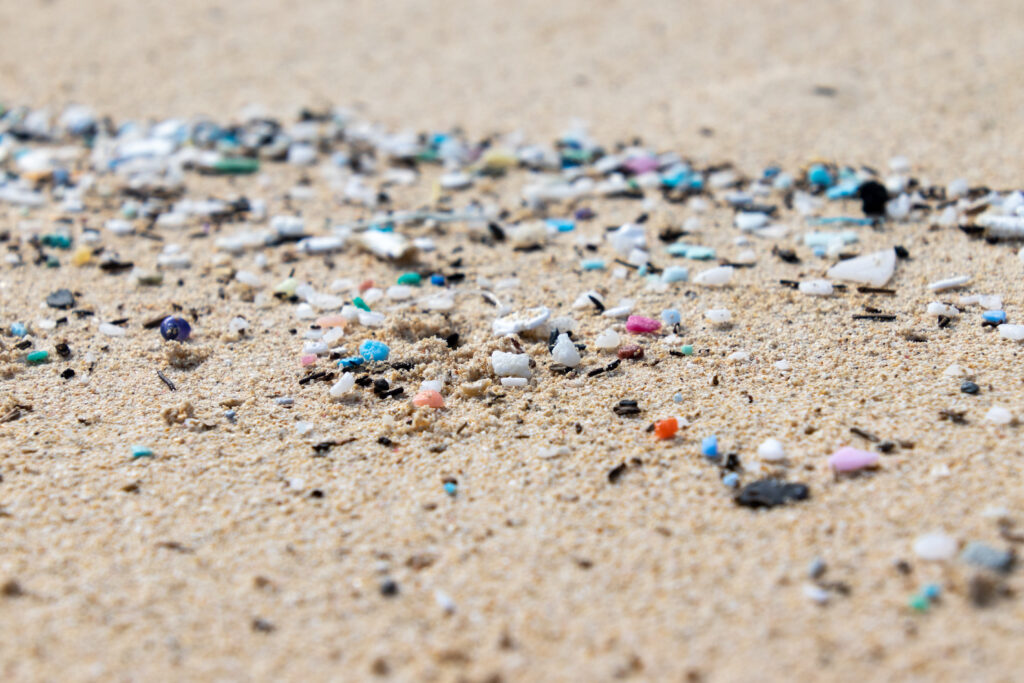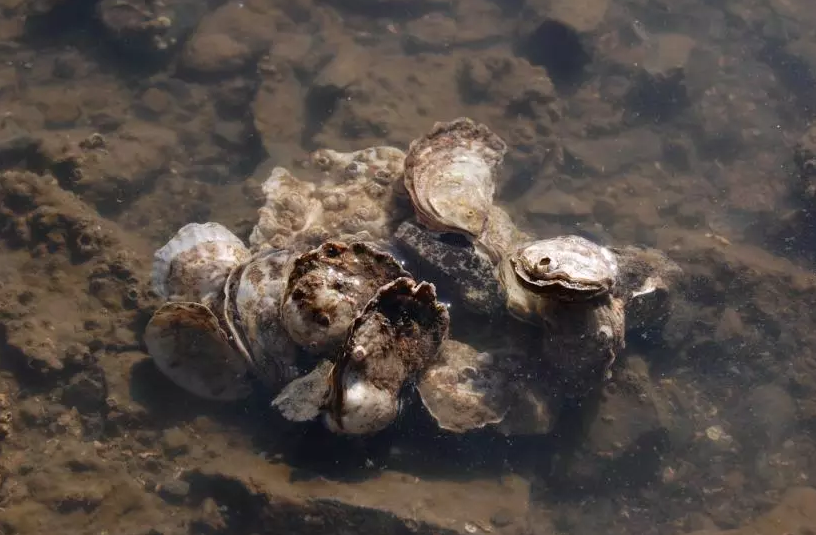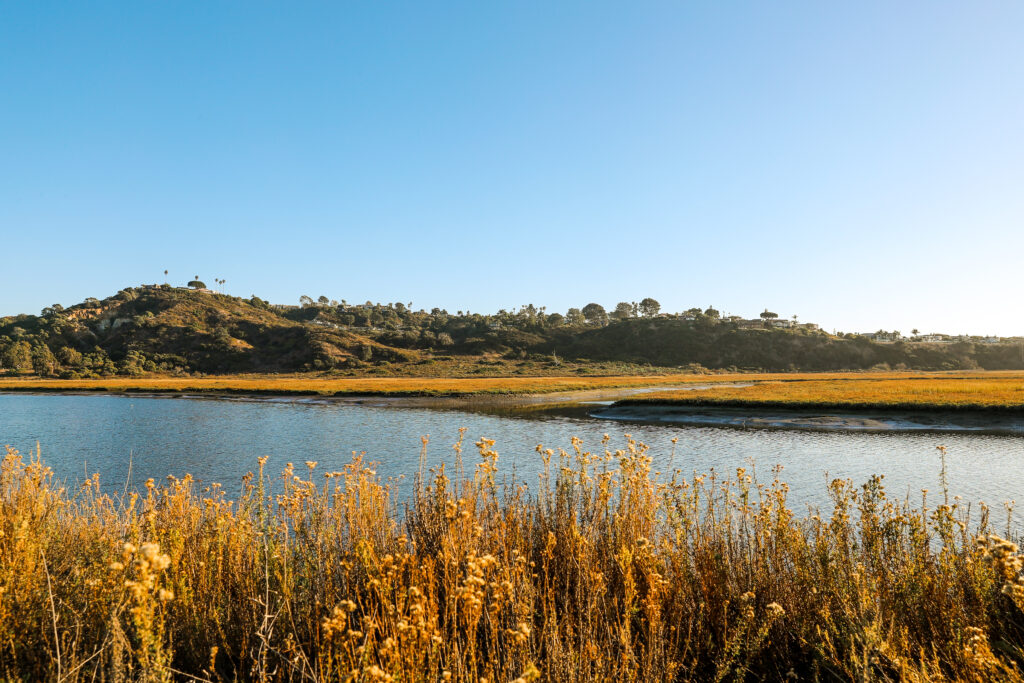San Elijo Lagoon Inlet Facing Possible Closure
Follow ( 0 Followers ) X Follow E-mail : * Follow Unfollow

Since late 2008, Nature Collective has played a vital role in the Southern California Bight Regional Monitoring Program. This program monitors a wide range of issues affecting the health of Southern California’s ocean and coast.
The Southern California Bight is a 430-mile-long stretch of coastline that runs from Point Conception, California, located near Santa Barbara, to Punta Colonet in Baja California, including the Channel Islands of California and the Coronado Islands and Islas de Todo Santos of Baja California.

Above: Map of Southern California Bight
The Bight Monitoring Program studies are conducted every five years. The studies initially focused only on the ocean but later expanded to include estuaries and shorelines. The studies are essential to better understand the health, ecology, and biodiversity of our oceans, shorelines, and estuaries.
The 2023 Bight Monitoring Program will monitor seven elements, the most significant number of elements observed to date, including sediment and water quality, microbiology, trash and microplastics, estuaries, harmful algal blooms, and submerged aquatic vegetation.

Above: Microplastics on the beach.
Nature Collective plays an important role in these studies, alongside organizations including the Southern California Coastal Water Research Project, the National Estuarine Research Reserve System (NERRS), and the University of California Santa Barbara San Onofre Nuclear Generating Station (SONGS). Together we will investigate how contaminants found at testing sites throughout the San Diego coastline, including algal bloom toxins, pathogens, substances like cleaners and paints, and microplastics, can accumulate and impact scallops, oysters, mussels, and other estuarine aquatic life.

Above: Nature Collective staff reviewing water quality monitoring data.
Oysters, scallops, and mussels play essential roles in aquatic and marine ecosystems by filtering the water and serving food for various sea life and resident and migratory birds found along the Pacific Flyway.

Above: Olympia oyster
Nature Collective will lead the Southern California studies by monitoring two testing sites, San Elijo and Aqua Hedionda lagoons. San Elijo Lagoon will also be a model for other site testing sites, including San Dieguito Lagoon and the Tijuana Estuary Research Reserve.

Above: San Elijo Lagoon Ecological Reserve
Thank you, July supporters; monitoring efforts and studies like this would not be possible without your support.
Individuals/ Foundations/ Funds
Anne Adair + Steve Ganzberg*
David Allen
James + Nancy Austin
Barbara Daedlow-Schweller
Gregory Dennis
Pedram Faily
Julie Lai Fatt
Kimberlee Fischer
Deeann Freeman
Stephen Gray
Christy Hedrickson
Bert Edelstein Helrich + Dr. Karen Helrich
Jill and Darrell Shrader Philanthropic Fund, Fidelity*
Jahna Jordan
Paul + Margaret Judge
Nancy Kamp
Sharon Klein
Sandra + William Knowles
Gretchen Lees
Jayne + David Lesley*
Miller Family Charitable Trust, Fidelity
Erin Moreland
Amairani Palacios
Dave + Denise Stillinger, Charles Schwab
Sally Stoffel
James Summers
Corporate/Foundations
Boeing
Golich Family Foundation at the Coastal Community Foundation*
Wild Wisdom Foundation
*President Circle
Follow ( 0 Followers ) X Follow E-mail : * Follow Unfollow
Follow ( 0 Followers ) X Follow E-mail : * Follow Unfollow